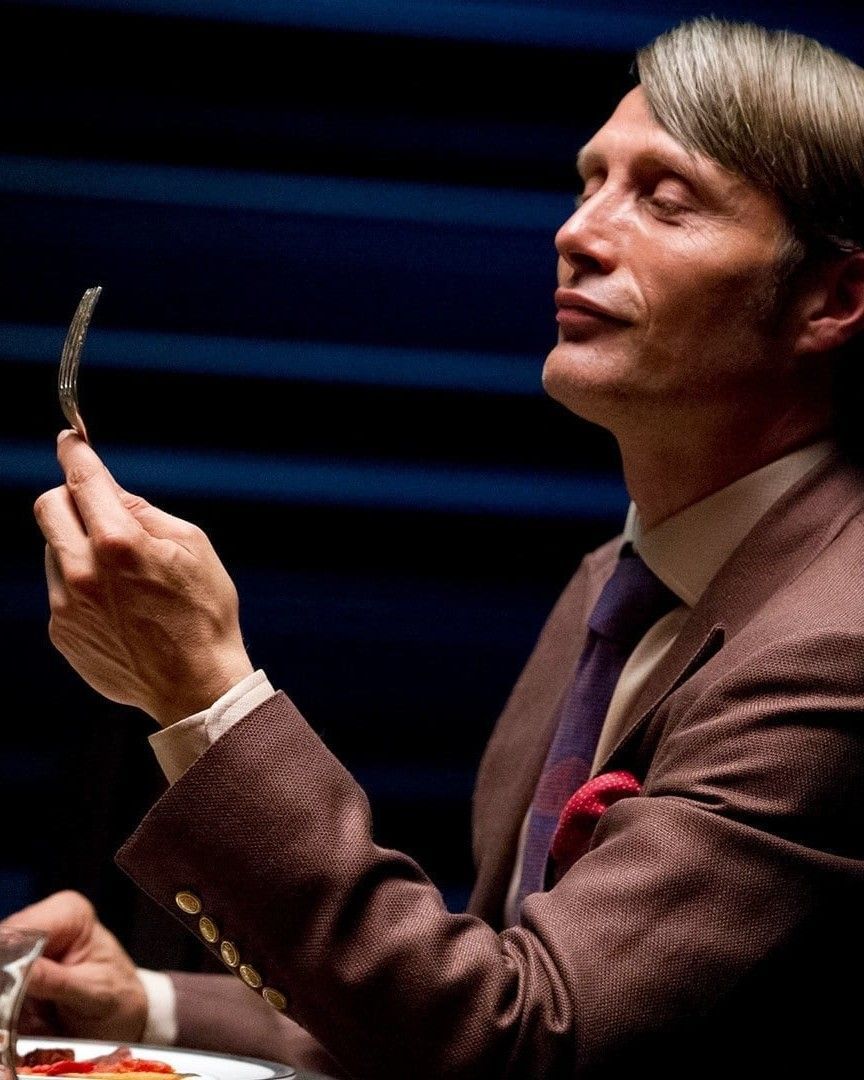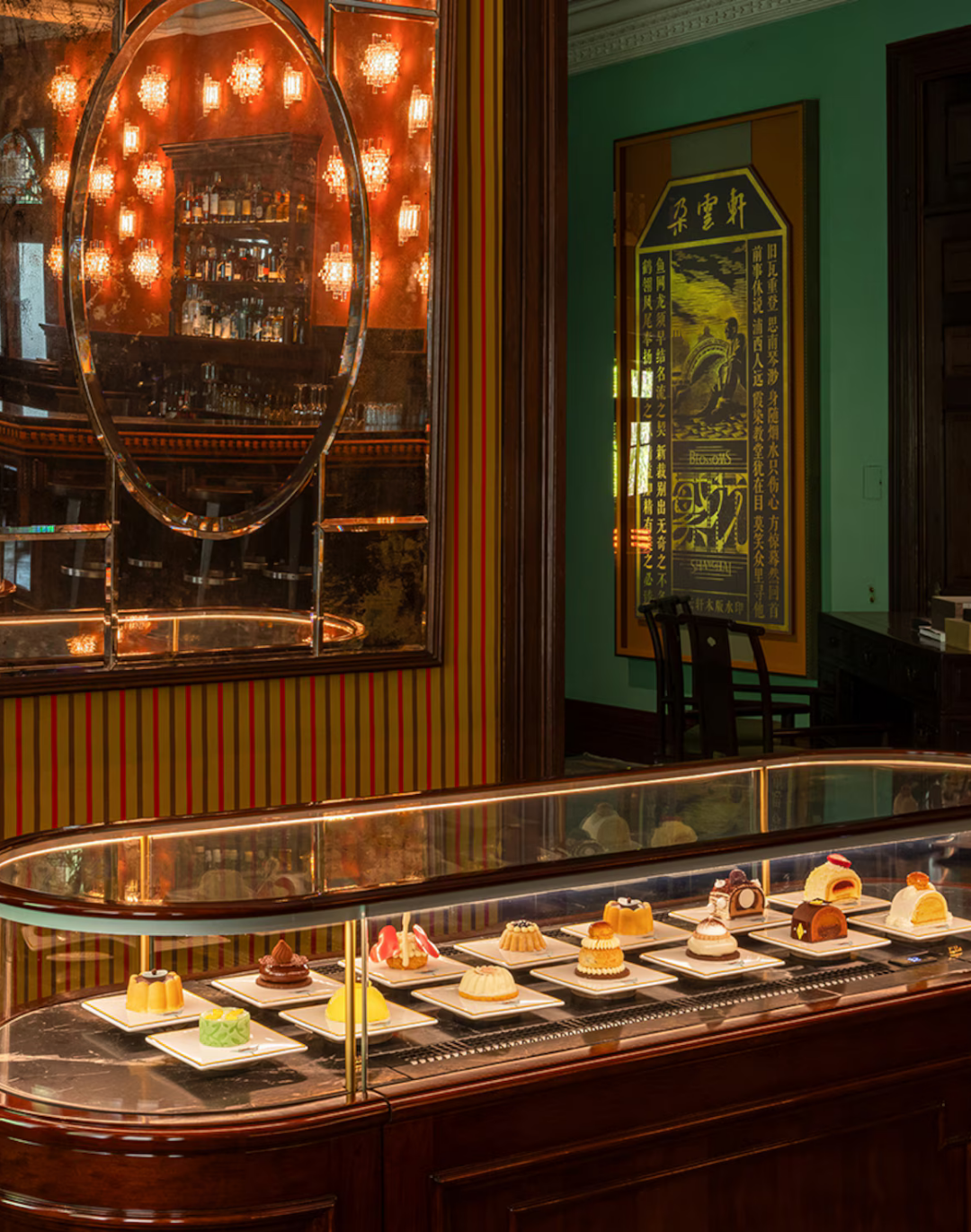
«You must try this restaurant before it gets its star.» When a place risks becoming too exclusive
Inviting your followers to visit a particular high-end restaurant «before it gets its star» is a piece of advice that is quite commonly heard among creators who focus on gastronomy. The belief is that just before a restaurant earns a star, it reaches its best value for money: because on one hand, it offers extremely refined cuisine, aimed precisely at earning its first star, while on the other hand, the menu costs are relatively accessible, precisely because formally the establishment has not yet received the highest recognition from the Michelin guide. This latter is the main certification of excellence for wide segments of the public, as well as the stated goal of many professionals in the field. Earning a star has an obvious return in terms of marketing and income, also because this recognition usually alone is capable of influencing tourist circuits. But it is also seen above all as a milestone, both by chefs and by the general public. For a restaurant, entering the "red" circuit – as the Michelin guide is called, because of the unchanged color of its cover – represents indeed a "before" and an "after" in its journey. But while this certification elevates the fame of the restaurant, it also tends to make it inevitably more exclusive, something that is not entirely appreciated by a certain type of audience. The fear, for some, is that Michelin stars may end up making a fine dining restaurant less accessible – not only from an economic point of view – and making it more "stiff". «You have to try this restaurant before it gets the star», in this sense, is sometimes also a recommendation to go to a place before it becomes excessively formal. This is also why the so-called "non-starred star restaurants" are becoming increasingly relevant, meaning establishments that deliberately choose not to chase Michelin stars at all costs, while still offering experimental and characterful tasting menus.
The Rise of "Non-Starred Star Restaurants"
@laurenvisser_ marzapane, rome! 10 course dinner, with a kitchen view.. omg it was so good
PRETTY BOY FLOW - Sturdyyoungin
Many establishments - but increasingly more are taking note - decide not to run in the Michelin circuit, positioning themselves by choice one step back from the first star. Among enthusiasts, they are indeed called "non-starred star restaurants", and often in terms of identity, they refer to the concept of "New Trattoria". This is a gastronomic movement born in France in the early 2000s, then arrived in Spain and finally in Italy – at a time when medium-high dining, that between starred restaurants and the most authentic taverns, seemed to have almost disappeared, especially in big cities. The venues that now refer to this identity offer refined and non-trivial pairings, where there is however great respect for the territory, raw materials, and seasonality – enhancing "forgotten" or unexpected ingredients and flavors. The approach to cuisine is therefore more casual, but at the same time, there is a strong cultural push behind it, thanks to the valorization of poor products (offal, for example, is very popular) and almost unfindable traditional recipes. In these restaurants, the menu is usually short but varies frequently, and it is not uncommon to find daily dishes based on the availability of the supply network – which is highly selective. While the kitchen operates with technique and rigor, the service in the dining room is often essential, yet warm. Prices are not always necessarily popular: there is almost always a tasting menu, but compared to starred restaurants, it is still more accessible, as evidenced by the very positive response from the public.
A Selection of Italian "Non-Starred Star Restaurants"
@aperitiviurbani Se passate da #Rimini dovete per forza fermarvi da Lucio una Trattoria di pesce contemporanea e spregiudicata, dai gusti decisi e dal servizio eccellente! I cioccolatini al fegato di pesce? Buonissimi! #lucio #trattorialucio #trattorialuciorimini #luciorimini #rimini #riminifood Deep to the dark - BCD Studio
One of the first establishments to introduce the concept of "New Trattoria" in Italy was Trippa, led by chef Diego Rossi. Opened in Milan in 2015, in the Porta Romana district, at a time when gastronomic offerings in the area were already growing, it became a well-known name among food enthusiasts. The dishes that made its approach famous include, for example, the reinterpreted veal with tuna sauce or the grilled bone marrow. Another name that has revitalized medium-high dining in Italy was Mazzo, in Rome. Originally located in Centocelle, on the eastern outskirts of the capital, after a few years of hiatus, it reopened in 2024 in version 2.0 – in the San Lorenzo district – offering contemporary reinterpretations of Roman traditional dishes, such as pasta with pannicolo sauce or fried tripe. In addition to these two establishments, many other "New Trattorias" have emerged in the last decade: among many, it is worth mentioning SantoPalato, Barred, or Marzapane in Rome; Ahimé, Calmo, Allegra (all led by restaurateur Lorenzo Costa) or Mamo in Bologna; Nebbia, Remulass (especially under chef















































